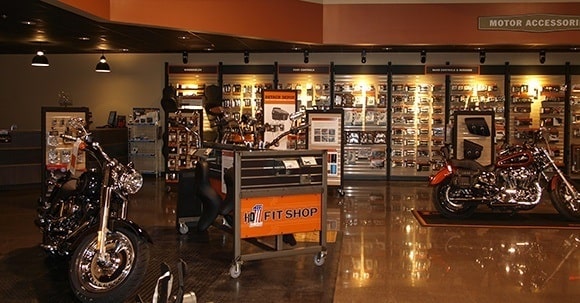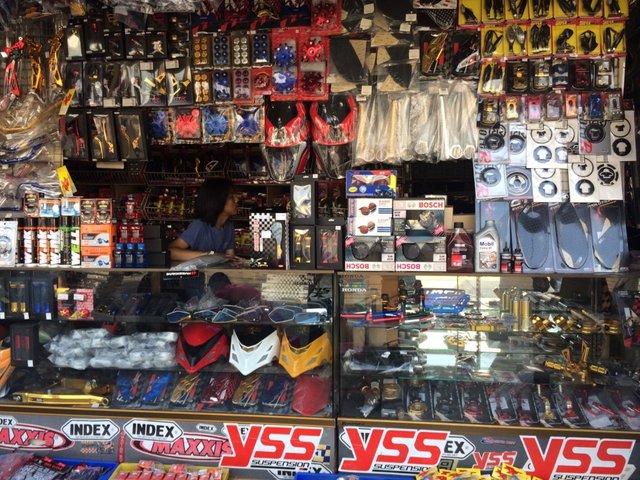Understanding Motorbike Gears: Just How to Maximize Your Riding Experience
In the world of motorcycling, understanding the art of equipment adjustment is essential for improving your riding performance. Properly comprehending and using motorcycle gears can considerably affect acceleration, control, and gas performance, changing a typical experience right into a seamless, exciting journey.
Understanding Gear Mechanics
At the core of motorcycle dynamics, gear technicians play a critical function in transforming engine power into activity, eventually determining rate and control. The equipment proportions, carefully designed, figure out the partnership between engine transformations and wheel turns, affecting velocity and gas effectiveness.
Comprehending gear mechanics begins with acknowledging the significance of the gearbox, which houses multiple gears of differing sizes. These equipments connect through a procedure known as meshing, where teeth of various gears engage to transfer power.
In addition, the principle of gear shifting is indispensable to making the most of efficiency. Smooth and prompt shifts guarantee that the engine operates within its ideal power band, preventing unnecessary stress and boosting long life (motorbike shop). By understanding these mechanical complexities, cyclists can accomplish a harmonious blend of control, performance, and power, boosting their riding experience
Timing Your Shifts
Shift timing mastery is necessary for enhancing motorcycle performance and improving the riding experience. Properly timed changes make sure that the engine operates within its ideal power band, which is important for maintaining control, achieving smooth velocity, and making certain the durability of the motorbike. Riders must create an instinctive feeling of when to change equipments, which involves understanding the connection between engine transformations per min (RPM) and rate.
To understand change timing, pay close attention to the engine's sound and feel, as these supply important hints about when to transform equipments. The ideal change point normally happens when the engine comes close to the upper variety of its power band without getting to the redline. Shifting prematurely can lead to an absence of power, while changing far too late may cause unneeded engine pressure
In addition, road conditions and riding design influence shift timing. As an example, in urban setups, smoother and extra regular changes might be required to browse website traffic successfully. In contrast, throughout freeway riding, less changes at greater rates can be better suited. Exercising in different environments will enhance your ability to time changes exactly, inevitably elevating your riding experience to an expert degree.
Enhancing Gas Efficiency
While grasping bike equipments is vital for efficiency, enhancing gas effectiveness is similarly vital for both environmental and financial factors. Optimum fuel intake not just reduces functional prices yet additionally minimizes the ecological footprint of riding. To attain this, one must understand the intricate relationship in between gear option and engine efficiency.
Riding in a greater equipment at reduced rates can lead to engine lugging, which is detrimental to both gas economy and engine health and wellness. Alternatively, riding in lower equipments at high rates results in unneeded fuel usage.
In addition, routine maintenance plays a crucial role in fuel effectiveness. Guaranteeing that the motorbike is well-tuned, with clean air filters and properly blew up tires, can improve the rules of aerodynamics and minimize gas waste. Moreover, embracing a riding style that embraces progressive acceleration and smooth slowdown can add to far better gas economy.

Techniques for Smooth Transitions
Accomplishing smooth gear changes is essential to boosting the riding experience and making sure the durability of a bike's transmission system. Appropriate equipment shifting not only adds to a seamless adventure however additionally lessens damage on the mechanical elements. To understand the art of smooth transitions, riders have to focus on a couple of vital strategies.

Second of all, clutch control plays a critical function. Engaging and disengaging the clutch efficiently calls for technique. The clutch lever must be released slowly, enabling a seamless transfer of power from the engine to the wheels without creating a jolt or abrupt movement.

Adapting to Roadway Conditions
Navigating varied roadway problems is an important skill for any kind of motorcyclist intending to keep control and safety. Whether you're riding on damp surface areas, gravel roads, or browsing doglegs, your capability to adjust your equipment usage and riding strategy is vital. Understanding how to change your gears suitably can dramatically impact traction and security, ensuring a safer journey.
In comparison, when riding on crushed rock or unequal surface, lower gears are more effective. Reduced gears give much better control and permit you to respond more swiftly to unanticipated changes in the roadway surface.
Sharp contours require accurate equipment management to balance rate and control. Downshifting before entering a curve can aid maintain energy while making certain the motorcycle continues to be stable throughout the turn. Constant technique in different problems improves your capability to react and predict to adjustments in discover this roadway structure and incline.
Final Thought
Grasping bike gears considerably improves the riding experience by enhancing gas, control, and velocity performance. A detailed understanding of gear auto mechanics and precise shift timing makes sure the engine operates within its ideal power band, while smooth transitions through reliable clutch and throttle sychronisation rise convenience and efficiency. Adjusting gear selection to different road problems, such as using higher gears on wet surface areas and reduced equipments on gravel, additional boosts handling and safety and security. Eventually, these abilities raise the general trip.
Recognizing equipment auto mechanics begins with identifying the value of the gearbox, which houses several equipments of differing sizes. These gears connect with a procedure understood as meshing, where teeth of different gears engage to transmit power (motox parts nz). Mild modifications to the throttle throughout gear changes can avoid jerky motions and keep a regular riding pace
Whether you're riding on wet surfaces, crushed rock roads, or navigating sharp turns, your ability heated motorcycle gear to adapt your gear usage and riding technique is vital. Adapting gear choice to various road problems, such as making use of greater equipments on damp surface areas and lower equipments on crushed rock, further enhances handling and safety and security.